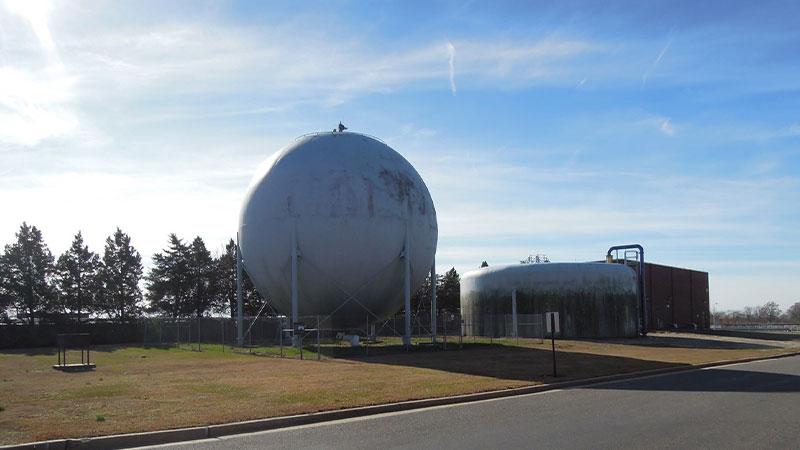The NOSE knows. Using Weather Transmitter WXT536 sensors to help control nuisance odors.
The challenge: Minimize nuisance odors from industrial emissions within residential and community areas
Rapid urban growth has eroded the traditional buffers that typically exist between residential areas and industrial sites including wastewater treatment. In response to growing social pressures and community expectations, governments are responding with increasingly stringent regulatory requirements for the control of odors emanating from plants near populous areas.
Municipalities and plant owners and operators have begun implementing innovative odor management strategies as part of their pollutant control efforts. When you’re dealing with airborne emanations that you can’t see, managing them is no easy task. SUEZ, a global leader in the sustainable management of resources, looked to help their wastewater plant customers by developing the NOSE Platform, a real-time odor management solution for industrial facilities. They turned to Vaisala for the weather monitoring technology aspect of their vision.
The solution: Monitor local weather conditions to minimize odor impact in surrounding communities
The NOSE Platform, developed by SUEZ, is a real-time monitoring system for nuisance odor emissions. It’s based on collecting data from both human and technological observations, so plant operators can predict when conditions are impacting the local environment and adjust operations accordingly.
Since weather plays a major role in odor dispersion, SUEZ partnered with Vaisala for the technology and expertise to set up a network of weather and ambient air quality sensors for industrial facilities. Vaisala’s Weather Transmitter WXT536, is an essential part of the NOSE Platform. It delivers continuous, real-time data on wind speed and wind direction, temperature, precipitation intensity, pressure, and humidity — simultaneously capturing the six most common weather parameters, which affect how far from the source and in what direction atmospheric emissions are carried.
The local weather data captured by the WXT536 sensors is then processed by the NOSE Platform to generate predictive dispersion and odor impact plumes.
"Being able to precisely measure six weather parameters — all from one reliable, maintenance-free sensor — is invaluable in confidently determining how odor emissions will travel. It’s why Vaisala’s WXT536 was the perfect choice for local meteorological data in our NOSE Platform."
Robert Kelly
Deputy Director SUEZ SES Air Division
The benefits: Data-driven odor control for better integration of industrial sites within urban environments
With an integrated approach to the monitoring, management, and effective mitigation of nuisance odors, plants and municipalities are now able to:
- Characterize the olfactory footprint of industrial activities and understand the potential impact on nearby communities
- Reduce the cost of treating nuisance odors
- Monitor odorous emissions in real time
- Ensure compliance with government regulations
- Implement sustainable solutions to reduce unpleasant odors over the long term
- Improve air quality and quality of life for residents and on- site operators
- Engage in transparent communications with local stakeholders
The NOSE Platform is a proven odor management solution that is currently employed in over 20 projects throughout the world including Nantes, Lille and Versailles in France, Ile de La Réunion, Shanghai (China), Santiago (Chile), Oman and multiple sites in North America.
